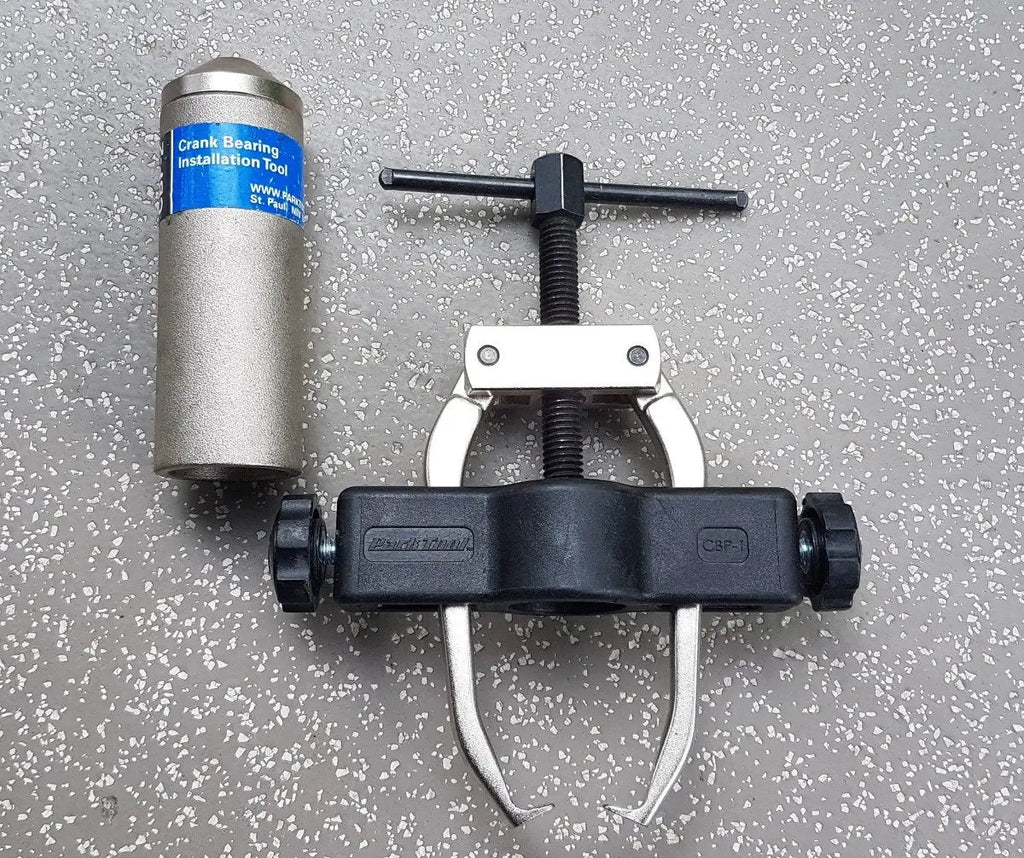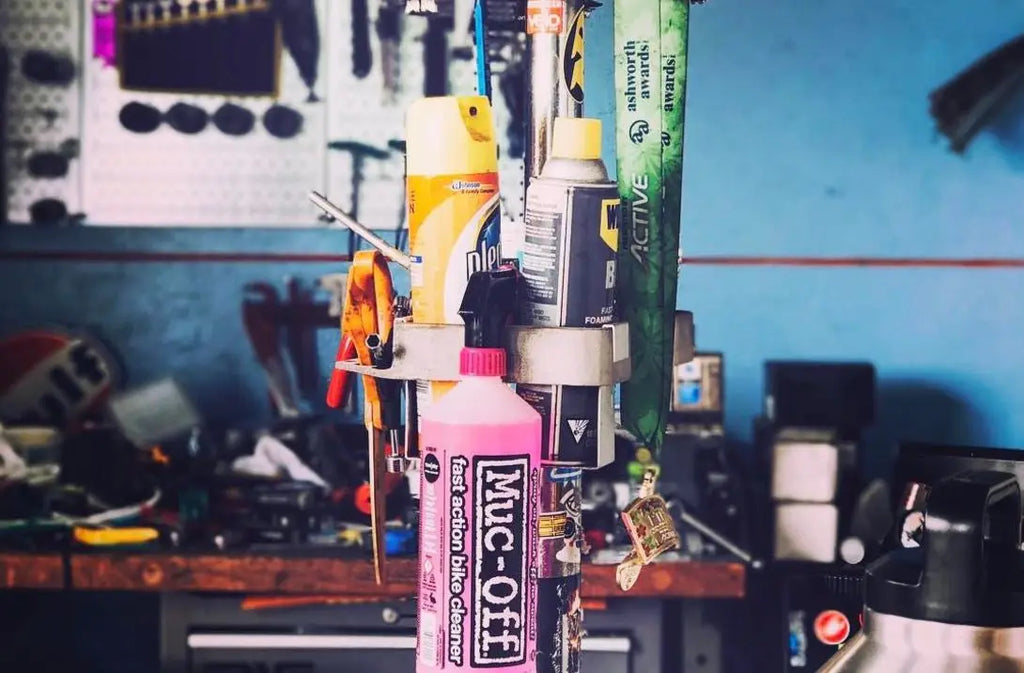Pressing bottom brackets in frames can be a daunting task. It is not necessarily difficult, but if things go south, your ceramic bearings and frame are at risk. For this reason, the official Kogel Bearings recommendation is to have your parts installed by a qualified mechanic.
On the other hand: maintaining your own bikes is fun and there is a great sense of achievement once you accomplish a job that seemed out of reach at first. If you do decide to work with press tools, here is a check list to help build your confidence and knowledge.
1. It's all about the tools
Bottom bracket installation tools are expensive. A shop will use them frequently and can share them between the different work stations. For a home mechanic, you are looking at $300 in tools to do an acceptable job. More if you want to go full pro.
There are no short cuts here. Forget your drive to Home Depot to buy a threaded rod and some bolts and washers. I have never seen a good home built device that does not destroy the bearing races or cause the cups to go in sideways. Just don't do it. You will probably get the parts into the frame, but the bearings will be trashed in the process. Let RJ The Bike Guy guide you through the process of how to wreck your $180 headset or bottom bracket in this youtube video

- Quality tools are expensive, like this $100 set that only works for Campagnolo crank sets.
2. Read, read, read
This is the time to educate yourself. What most people do not realize is the amount of studying most professional mechanics need to do on the job. Read every product manual you can get your hands on and watch videos made by the manufacturers. There is super valuable information to be found on forums, but always realize you could be talking to head mechanic of the Sky team or to RJ the Bike Guy. Their profiles look the same. Both will present themselves as if they have all the knowledge. It is up to you to figure out what information can be trusted.
This blog post is a good start
3. Work in a clean environment
If you are going to do a new or challenging job, make sure there is nothing to distract you in your work environment. Clean your work bench, put down some paper towels and line up all the parts and tools in the order you will need them. This immediately forces you to think about your working order and clears your brain if the situation turns into a challenge.
You have probably seen good mechanics that can work in chaos, but believe me, it took them a decade to get to that level of mastery.

- The layer of tools on this work bench has never been shallower than four inches, yet I consider my friend Gordon one of the best mechanics around. Don't think you can work like Gordon.
photo credit: velohangar
4. Protect the bearings
Ceramic bearings are incredibly strong if treated well, but they can be destroyed in seconds by a person with a lack of skill or knowledge. The number one reason for bearings to get damaged during installation is when the inner race gets loaded. Avoid putting a press on the bearing altogether if possible. Make sure your drifts are the exact fitting size for your bearing if you need to touch them. Most BB30 and BB90 installations leave no options, since the bearings are pressed straight into the frame.
Next is to recognize the point where you stop pressing. The goal is to get the bearings or cups to smoothly slide in until they touch the stoppers built in the frame or cup. When installing a bottom bracket, I usually prefer to stop just shy of a full installation and work a quarter turn at a time. I use my finger nail to feel if the flange of a cup is fully engaged.
What you should avoid here is sliding the bearing or bottom bracket all the way to the stopper, then giving an extra nudge on the bearing press levers. There is no such thing as 'extra tight'.
5. Ask yourself: is it really worth it?
After reading the previous four steps, you have learned that installing bottom brackets
- is rewarding when things go right
- requires expensive tools
- requires studying
- puts your parts and frame at risk if things go wrong
The alternative is to take the bike to a shop, pay a professional thirty or fifty dollars and hand over the box of donuts that you brought. Instead of getting your hands dirty, I'm sure you will be drinking coffee with the staff. The choice is all yours, there is no wrong answer here.

